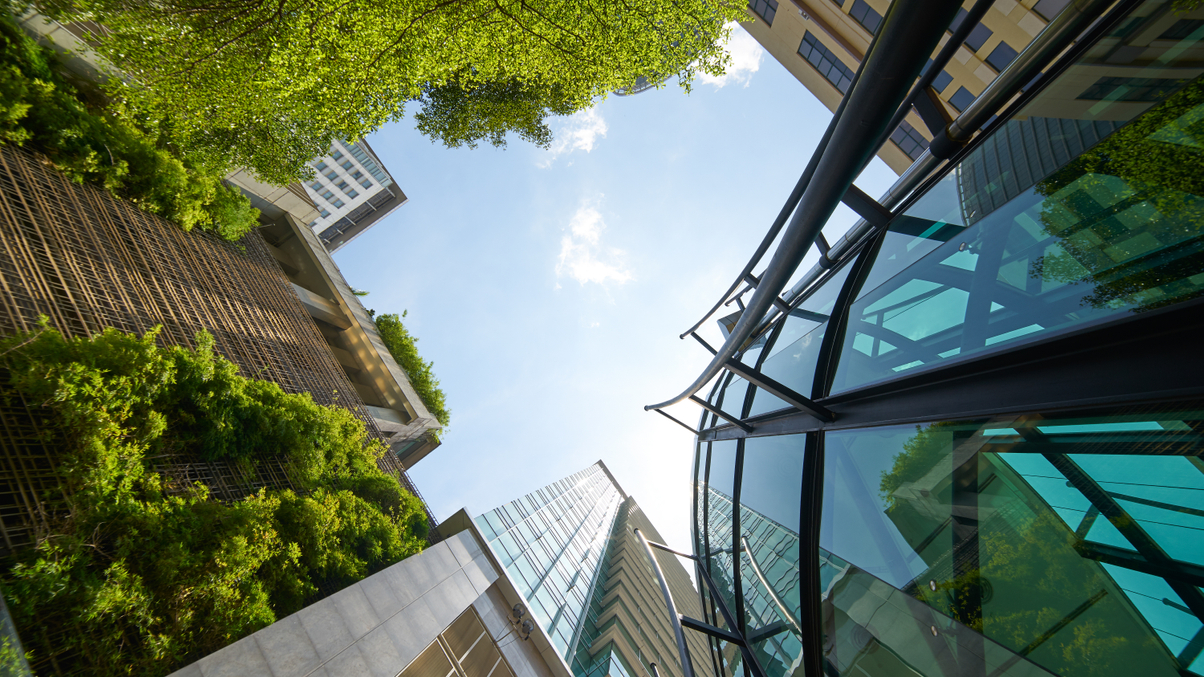Global asset allocators flag limits to green lease adoption
Norges Bank Investment Management and PGGM Investments say while green leases are highly useful in improving data and cutting property emissions, regulation is vital to improve the pace of growth.

Despite the growing adoption of green leases by institutional investors across Asia, investors and consultants have pointed to their limitations, and stressed the central role of Asia's regulators in driving binding requirements for building emissions.
Sign in to read on!
Registered users get 2 free articles in 30 days.
Subscribers have full unlimited access to AsianInvestor
Not signed up? New users get 2 free articles per month, plus a 7-day unlimited free trial.
¬ Haymarket Media Limited. All rights reserved.


